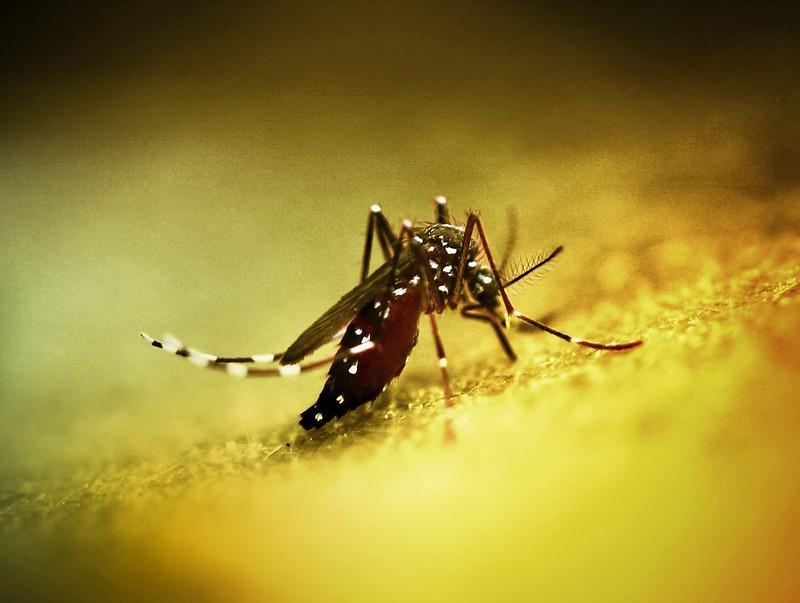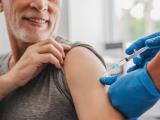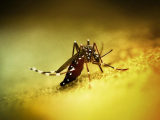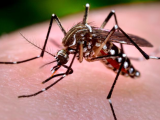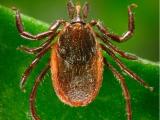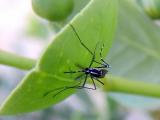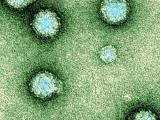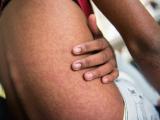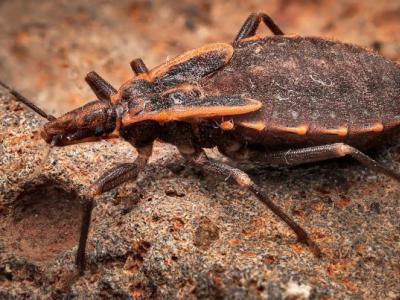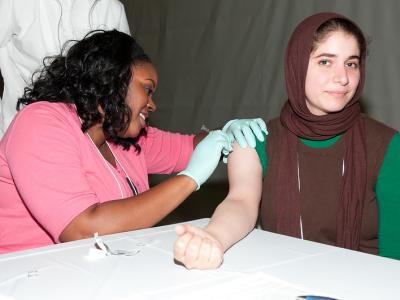The Pan American Health Organization (PAHO) today sounded another alarm about chikungunya activity in South America, with the mosquito-borne virus expanding to new areas with an unusually high number of cases and deaths.
In an epidemiologic alert yesterday and a new risk assessment today, PAHO said the outbreak is complicated by COVID-related supply problems depleting stocks needed to battle mosquitoes that spread the virus and by overstretched healthcare systems that are juggling other health threats, such as COVID-19 and mpox.
In February, PAHO warned of an intensifying chikungunya outbreak, following brisk activity in 2022. Earlier this month, the US Centers for Disease Control and Prevention (CDC) issued a Health Alert Network advisory to clinicians, warning that US travelers may be affected by a worsening outbreak in Paraguay.
The virus is transmitted primarily by infected Aedes aegypti and Aedes albopictus mosquitoes. Infections are typically mild, consisting of fever and joint pain. However, PAHO said older people, babies, and people with underlying conditions can experience severe complications, which can be fatal.
The group warned that many people in the Americas may be vulnerable to chikungunya, given that the region's last major outbreak occurred in 2014. Infection with the virus is thought to confer lifelong immunity.
Infant deaths, meningoencephalitis in Paraguay
During the first 8 weeks of this year, the region reported nearly 115,539 cases in 14 countries, 33 of the illnesses fatal, with Paraguay and Brazil among the hardest-hit countries.
In Paraguay, cases have been reported from 18 of the country's regions, with the most from Central and Asuncion departments. An unusual feature of the outbreak is the number of infections reported in newborns, with 132 reported so far, 4 of them fatal. Also, 219 suspected cases of meningoencephalitis were reported, 38 of them in newborns, which PAHO said may be related to chikungunya and would be an uncommon presentation of the disease.
Paraguay's first chikungunya outbreaks in 2015 and 2016 involved the Asian genotype, but the East/Central/South Africa genotype is now circulating.
At a briefing today on COVID-19 and other health issues, Marcos Espinal, MD, DrPH, PAHO's acting assistant director, said there are three chikungunya genotypes, and so far health officials haven't seen many differences in the clinical profiles. He said there could be some cocirculation of genotypes in South American countries, but so far, scientists haven't confirmed any link between genotype cocirculation and more severe disease.
PAHO officials urged countries to step up disease surveillance and vector control programs and for individuals to adopt measures to avoid mosquito bites.
Health system constraints, other challenges
In its risk assessment, PAHO said the expansion of the virus outside of regularly affected areas means more unexposed people are susceptible and that patients and clinicians might not distinguish the disease—including its severe form—from other similar illnesses, such as dengue and Zika infection.
PAHO said several countries are experiencing shortages of insecticide and other supplies needed for vector-control programs, owing to impacts of the pandemic. It also said social distancing during the pandemic has led to a lapses in training for staff who conduct surveillance and vector control.
The strain of responding to COVID-19 and other health emergencies has weakened health systems globally, including in the Americas, PAHO said. It also warned that increased migration in the Americas due to social, political, and economic problems poses a risk of spread to new areas and that it expects virus activity to increase in the months ahead with the onset of warmer, rainy summer weather.
